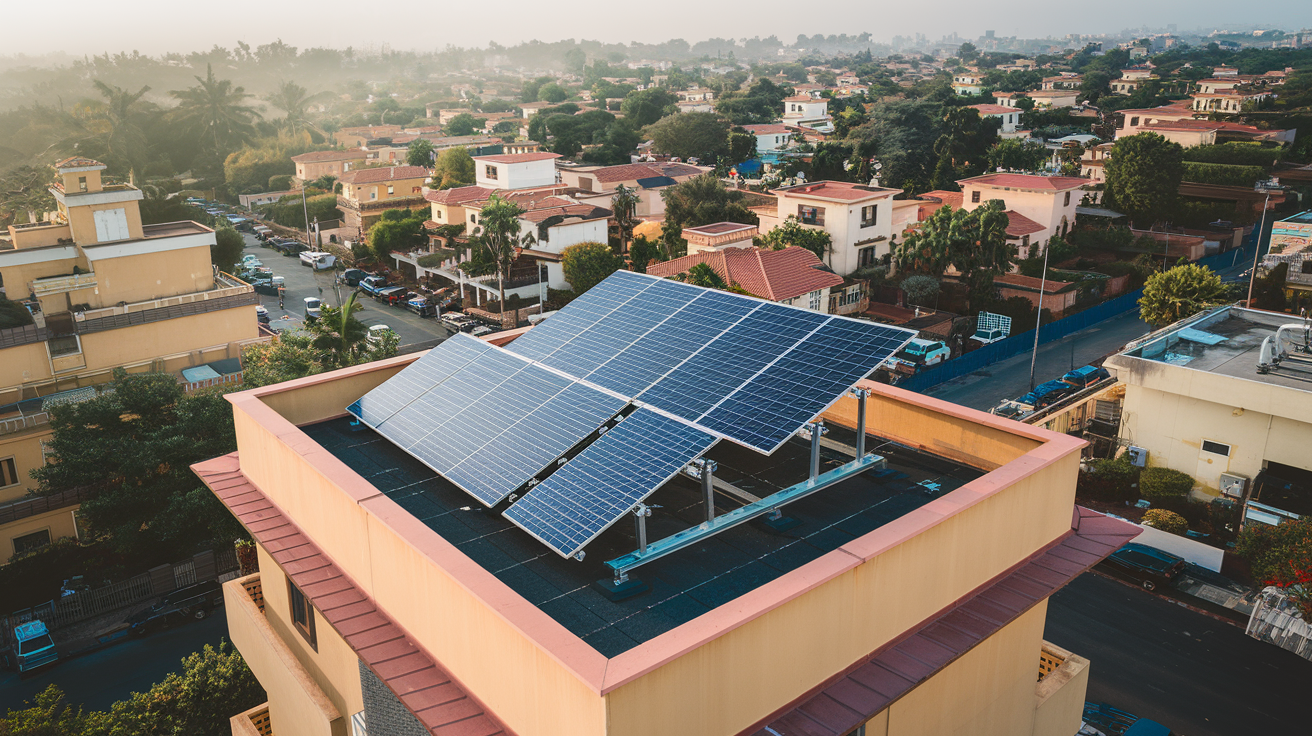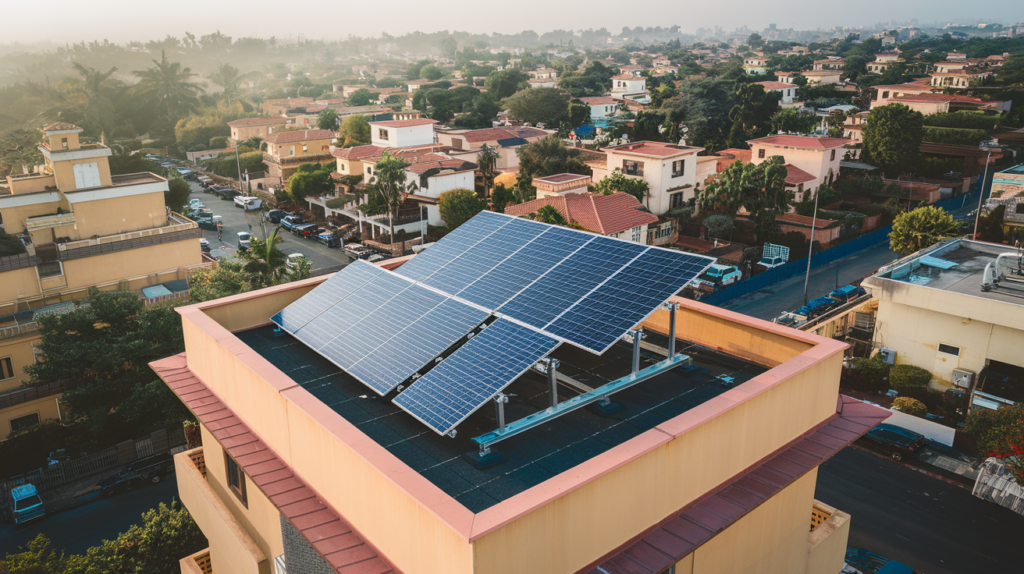
A rooftop solar system is a long-term investment, powering your home or business for years. However, ensuring maximum efficiency requires more than simply mounting panels on your roof. Engineering plays a crucial role in optimizing each component, and the panel’s direction and tilt angle are especially critical. Positioning panels at the right angle and orientation allows them to absorb the maximum sunlight possible, boosting energy production and savings.
In countries like the USA, latitude-based adjustments are common, with panels typically tilted at 30-45 degrees. In India, however, panels perform best when oriented towards true south, with an ideal tilt angle that varies by location. This article will cover the importance of the right angle and direction, factors affecting tilt angle, and advanced tools used in the industry to design efficient solar panel installations.
What is the Ideal Solar Panel Direction and Angle in India?
India is located in the northern hemisphere, so south-facing solar panels receive maximum sunlight. However, the optimal tilt angle depends on specific geographic locations:
- Southern India: Lower latitude areas, like Chennai, benefit from a flatter tilt angle, around 10 degrees.
- Northern India: Higher latitude regions, such as Delhi or Himachal Pradesh, require a steeper tilt, closer to 20-25 degrees.
While south-facing orientation is generally optimal, slight adjustments can be made based on local conditions to enhance year-round performance.
Instruments and Tools to Determine the Optimal Tilt Angle
Modern solar installations leverage advanced tools and software to determine the best panel angle, direction, and placement. Here are some of the key instruments and software used in the industry:
- Digital Inclinometers
These devices measure the tilt angle of a surface accurately. In solar installations, they help verify that panels are set at the correct angle during installation.
- Solar Pathfinders and Suneye Tools
These handheld devices are used to perform onsite solar assessments, mapping the sun’s path throughout the year and identifying shading from nearby objects like trees or buildings. These tools are especially useful for complex rooftops or areas with potential shading issues.
- Google Earth
Google Earth provides precise latitude and longitude data, which helps installers calculate the ideal tilt angle based on geographic location. This data forms the basis for other software tools to simulate sunlight exposure and shading.
- Google Sunroof
Google’s Project Sunroof uses satellite imagery to estimate the solar potential of rooftops, calculating factors like sunlight exposure, shadow analysis, and potential electricity savings. It gives a clear overview of whether a property is well-suited for solar panels.
- Solar Design Software (OpenSolar, PVsyst)
OpenSolar, PVsyst, and other advanced design software allow for in-depth analysis of solar installations. These platforms simulate how panels will perform based on angle, orientation, and environmental factors, considering details like local weather patterns and shading. By using these tools, solar designers can optimize energy production and make data-driven decisions for each site.
Factors That Affect Solar Panel Angle
- Geographical Location
Latitude is crucial in determining tilt angle. Northern India’s higher latitude means solar panels benefit from steeper angles to maximize winter sunlight capture. Southern regions, closer to the equator, use flatter angles for year-round solar gain.
- Wind Load
Higher tilt angles can make panels more susceptible to wind loads, especially in areas with frequent storms. Ensuring a robust mounting structure that accounts for local wind conditions is essential for durability.
- Seasonal Adjustments
Ideally, panel angles should adjust slightly throughout the year to match the sun’s seasonal movement. For installations that can’t adjust seasonally, a fixed angle optimized for annual solar gain is chosen.
- Shading
Shading from nearby structures or trees can dramatically reduce a solar panel’s efficiency. During the site survey, shadow analysis tools like Google Sunroof or specialized shading software help identify potential obstructions and guide the optimal placement and tilt.
Effect of Tilt Angle on Solar Panel Efficiency
Tilt angle has a significant impact on solar panel performance. In northern India, a steeper angle enhances energy capture during winter but may increase wind load risks. Reinforced mounting structures mitigate this, providing stability while allowing panels to be set at efficient angles. Though stronger mounting might add around 5% to installation costs, it’s a worthwhile investment for long-term durability. Insufficient support may lead to damage during high winds, negating savings from solar energy.
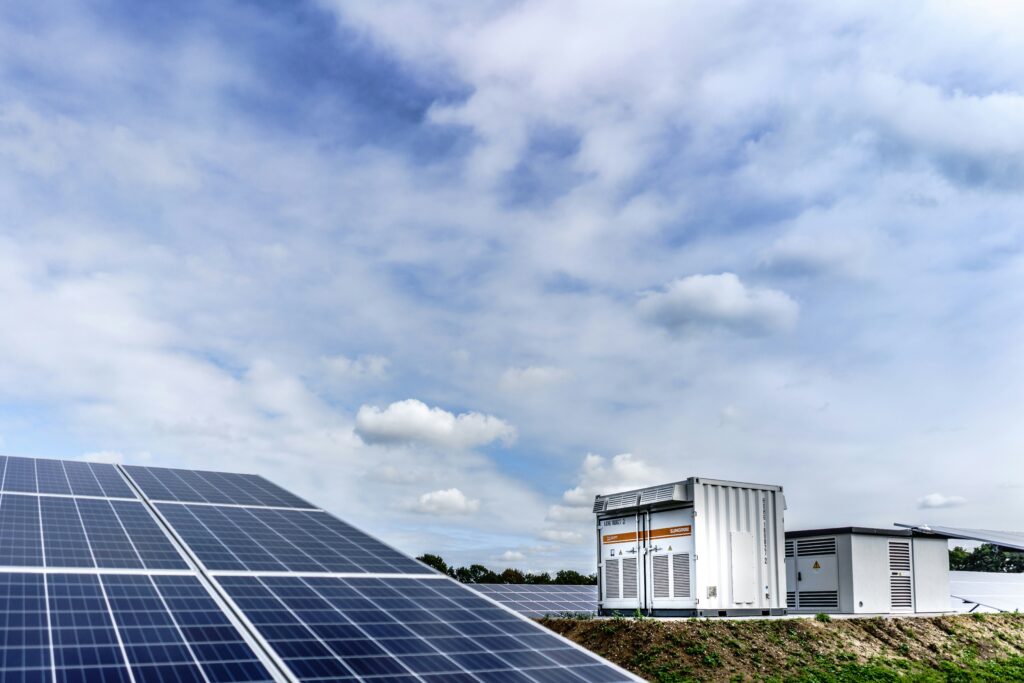
Why Does Solar Panel Angle Matter?
Solar panels generate electricity by absorbing photons from sunlight. Panels positioned perpendicular to the sun maximize photon capture, converting more solar energy into electricity. Although the optimal panel angle enhances efficiency, seasonal and weather variations will still affect energy production. Cloudy or rainy weather, particularly during monsoons, can reduce sunlight exposure and electricity output.
Addressing Shadow Issues on the Rooftop
Even with the correct angle and direction, shadows from nearby trees, structures, or other buildings can significantly reduce solar panel efficiency. During site surveys, shadow analysis tools and solar design software assess shadow patterns across seasons. A rule of thumb is that 100 square feet of shadow-free space is needed per kilowatt. For rooftops with limited space or complex shading issues, consulting a solar expert can help identify viable solutions.
Engineering the Perfect Solar Installation with Stellar Green
At Stellar Green, we understand that a well-designed solar system goes beyond just installing panels. Our engineers and technicians follow a detailed, data-driven approach to ensure your rooftop solar system achieves maximum efficiency. Here’s how we handle it:
- Comprehensive Shadow Analysis
Our experts conduct detailed rooftop surveys to identify shadow zones using Google Sunroof, Suneye, and other shading tools. We use geographic data from Google Earth and simulation tools like PVsyst to optimize panel placement and angle based on your specific location.
- Advanced Mounting Solutions
Considering India’s storm-prone areas, we use heavy-duty mounting structures that withstand wind speeds over 180 kmph. This provides stability and protection, ensuring your system remains secure even in extreme weather.
Switch to solar with Stellar Green and benefit from our engineering excellence. We design solar systems that perform reliably for years, maximizing your investment and energy savings.
FAQs
Yes, the angle is critical for optimizing solar panel efficiency. Properly tilted, south-facing panels capture the most sunlight and yield the highest energy output. The right angle also ensures the system can withstand local wind conditions.
For India, tilt angles typically range from 10 degrees in southern regions to 20 degrees in northern regions. These angles ensure optimal year-round performance.
True south is the ideal orientation for solar panels in India, maximizing sunlight exposure throughout the day.
Stellar Green employs a combination of tools, including OpenSolar for tilt analysis, Google Earth for latitude and longitude, and Google Sunroof for shadow and sunlight analysis. These tools ensure our systems are designed for maximum efficiency and durability.
About the Author
Aniket Das
- Tags:Best Angle for Solar Panels,Maximizing Solar Energy,Solar Energy Advice,Solar Energy Optimization,Solar Installation Guide,Solar Panel Adjustments,Solar Panel Direction,Solar Panel Efficiency,Solar Panel Placement,Solar Panel Positioning,Solar Panel Setup,Solar Panel Tilt,Solar Power Tips,Sunlight Orientation
In this article
Most Recent Posts
- All Posts
- Blog
- Efficiency
- Industry
- Installation
- Residential Rooftop Solar
- Rooftop Solar Maintenance
- Solar Energy Optimization
- Solar Panel Cleaning
- Solar Panel Efficiency
- Solar Panel Placement
- Solar Panel Pricing
- Solar Power Optimization
- Sunlight Orientation
- Technology
- Weather and Solar Energy
Related Posts
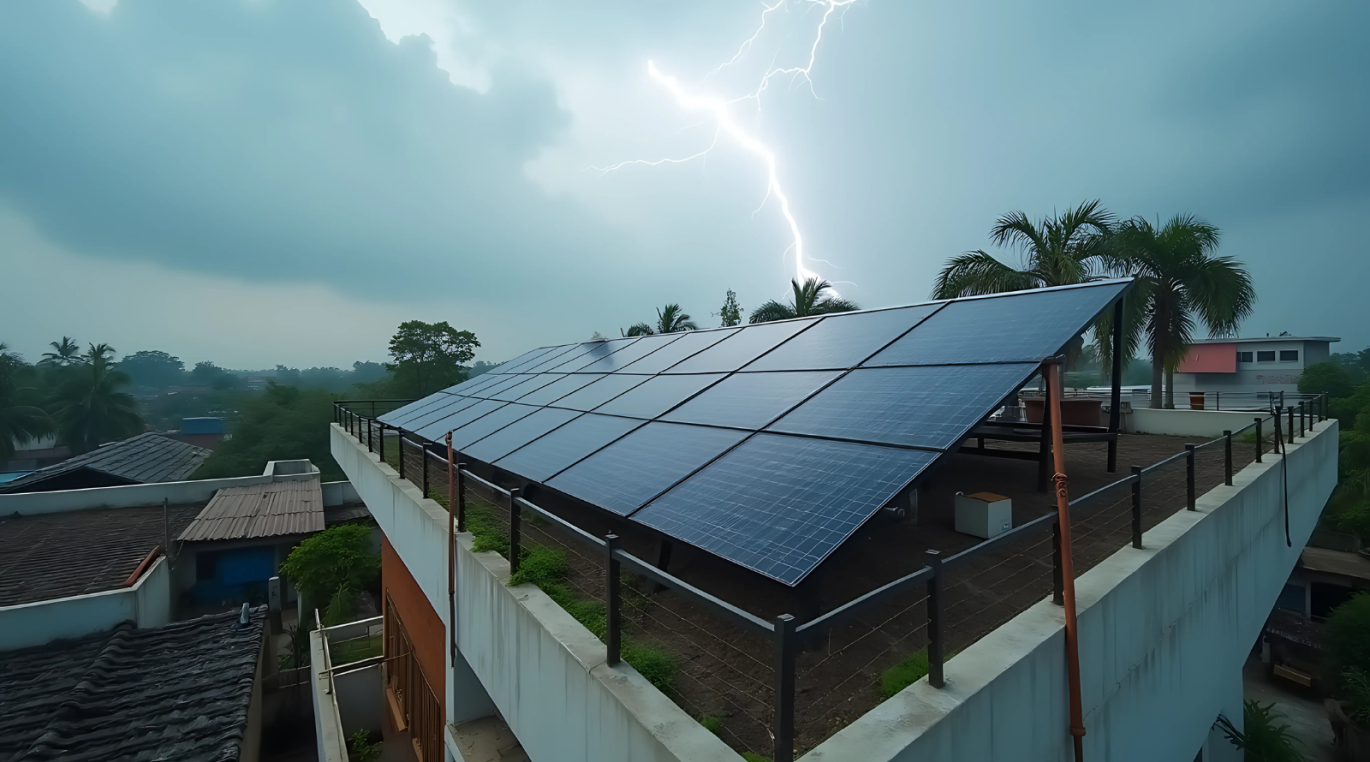
A common question surrounding solar energy is whether solar panels generate electricity on cloudy days. Many assume that solar panels...
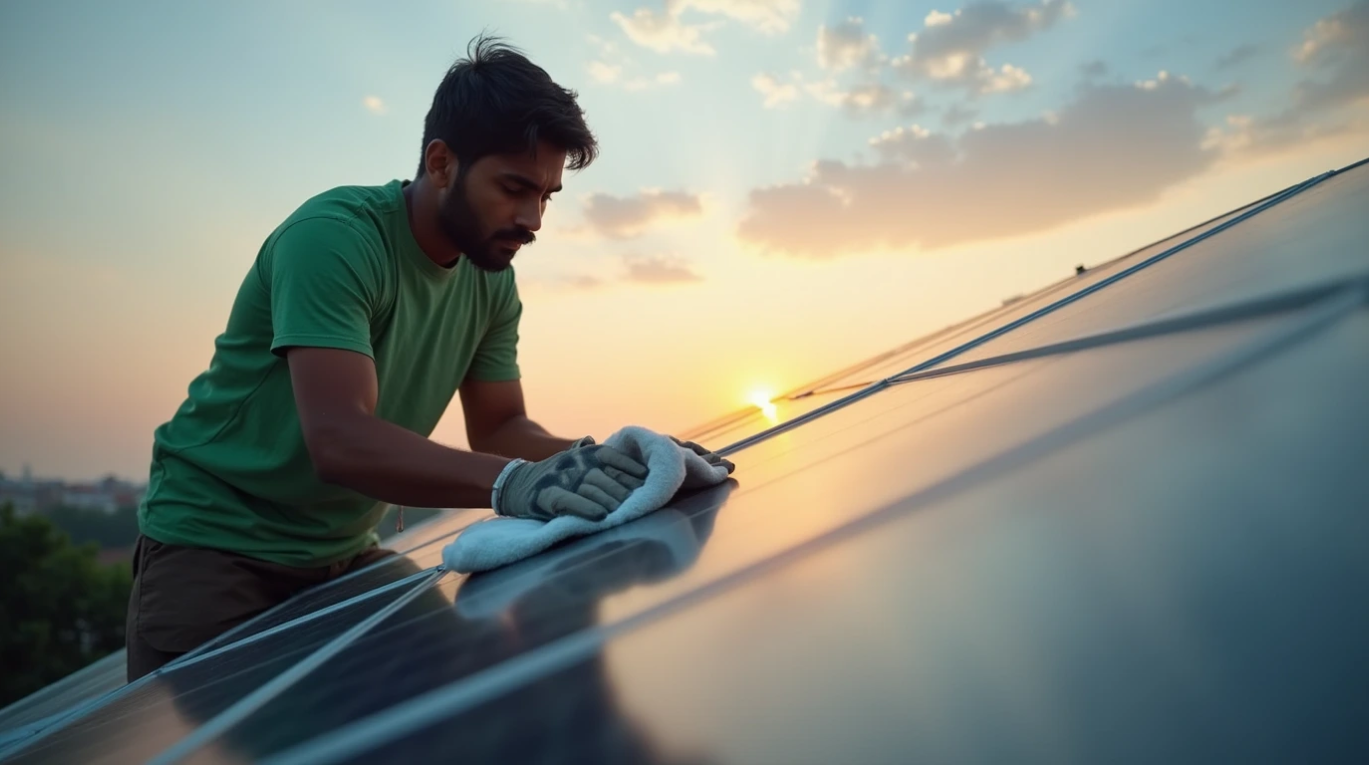
Investing in a rooftop solar system is an excellent way to reduce energy costs and contribute to a sustainable future....
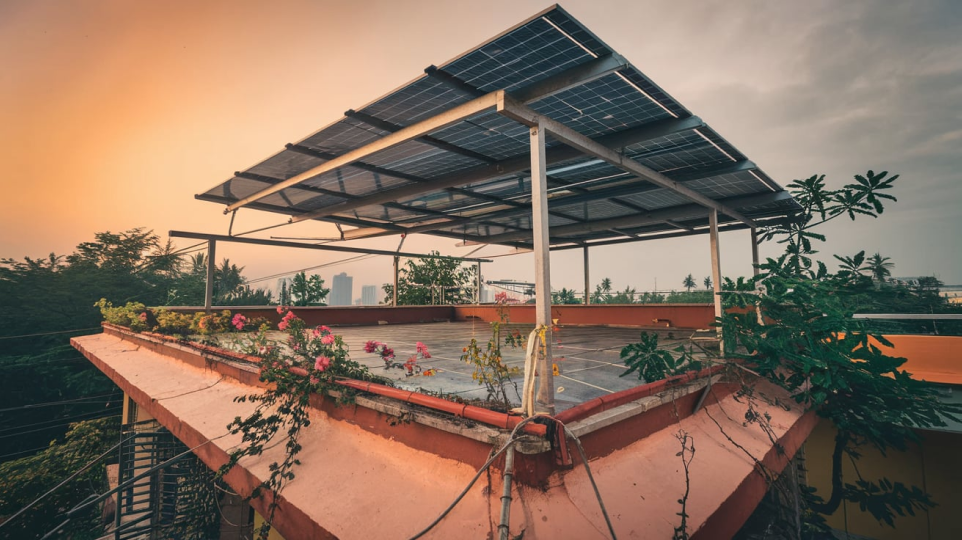
For many Indian households, a 3 kW rooftop solar system is often the perfect fit. However, installing a system of...


